After Russia launched a full-scale invasion of Ukraine in February 2022, it began
importing Iranian Shahed drones. But by early 2023, Moscow and Tehran had inked a $1.75 billion deal for Russia to
make the drones domestically, according to leaked documents provided to CNN by Ukrainian cyber intelligence group InformNapalm.
The Alabuga Special Economic Zone, which lies around 600 miles east of Moscow, was originally set up in 2006 to attract Western companies with generous tax breaks. But, after the war started, several of its major tenants left. Part of the site has significantly expanded since it switched to military production, satellite imagery shows.
Alabuga is now the main plant for producing the
Shahed-136 drone – or Geran-2, as Russia refers to it – with an agreement to produce 6,000 units by September 2025, according to the leaked documents. Alabuga appears to have already fulfilled that contract. The factory produced 2,738 Shahed drones in 2023, and more than doubled that number in the first nine months of 2024, producing 5,760 between January and September, according to the Ukrainian defense intelligence sources.
The Washington-based Institute for Science and International Security, which has been tracking Alabuga since 2022, believes that the 6,000 drones were manufactured about a year ahead of schedule.
“They’re moving fast and you’re seeing it across the entire military production industries of Russia,” David Albright, a former UN weapons inspector who founded the institute, told CNN. “They themselves are not making the high-tech stuff, they import what they need to do that, but they’re able to boost production of things that are easier to make, and drones fundamentally are not that hard.”
In addition to the Shaheds, it appears that Alabuga has been manufacturing low-tech, “decoy” drones since the summer, the sources in Ukraine’s defense intelligence told CNN. Known as the “Gerbera,” the decoy drones are made of plywood and foam and mimic the Shahed’s distinctive triangular shape.
“The Russian military discovered relatively quickly that Ukrainian air defenses can be quite capable of shooting down the majority of Shaheds,” said Samuel Bendett, an adviser at CNA, a nonprofit research organization based in Virginia, adding that, “Russia needed a weapon, a system that could basically present multitudes of false targets for the Ukrainian defenders.”
Russia is aiming to produce around 10,000 Gerbera drones by the end of 2024, almost double the number of Shaheds, according to the Ukrainian defense intelligence sources. Cost is likely a major factor driving this strategy, given that one
Gerbera is estimated to be 10 times less to produce than a Shahed, the sources said.
Yury Chumak, a Ukrainian air defense volunteer, told CNN he has witnessed Russia’s “rapidly changing tactics.” Some Russian drones are now so basic they aren't even armed with explosives, he said. CNN
Chumak said it’s impossible to tell the difference between true Shaheds and the decoys on the radar, but that many of the incoming UAVs appear to be unarmed. “If we see the drone on a map or by our eyes, we try to shoot it down… cheap or expensive,” he told CNN. He estimates if Russia fires 150 drones in a night, only 20 to 30 will be Shaheds.
There’s evidence Russia has started trialing thermobaric warheads, which produce more powerful and destructive blast waves, on the UAVs. At the end of October, the Kyiv Scientific Research Institute for Forensic Expertise revealed they had detected traces of thermobaric munitions, also known as vacuum bombs, on fragments of Shahed drones. “If it hits in a confined space, that is indoors, it has a much higher destructive force there than a fragmentation munition,” chief forensic expert at the Kyiv institute, Oleksiy Stepaniuk said.
With the help of volunteers like Chumak, Ukraine is still putting up a solid defense. Only 5% of Shahed or similar drones hit their targets between August and October, according to Ukraine’s Armed Forces. But as attacks increase in scale, the challenge is growing.
A Ukrainian defense source familiar with the situation told CNN that there have recently been cases when “it was necessary to shoot down drones with advanced anti-aircraft missile systems,” reflecting the quick decisions the military must make on how to use precious resources.
Satellite images taken of Alabuga over the past nine months offer stark proof of the program’s expansion.
In June 2023, the
US National Security Council released a satellite image of the complex and identified two buildings as being involved in drone manufacturing. Internal documents obtained by the Institute for Science and International Security confirmed the location and revealed that Alabuga was the main party responsible for the production and supply of Shahed drones to the Russian military.
Between March and September, two new buildings appeared next door to those originally identified by the US, increasing the footprint of the manufacturing site by 55%, according to CNN analysis of satellite imagery.
While it’s unclear what exactly the new buildings are for, they are within the security cordon around the two original structures, suggesting they are part of the same operation, Albright told CNN.
Between June and September, construction began on what appear to be elevated walkways connecting the new and original buildings, which were completed by November, according to satellite imagery and Albright’s research. Construction of another walkway is in progress and looks set to link the original buildings with nearby worker dormitories, one of which was struck in a long-range Ukrainian drone attack in April. Over a dozen people were injured in the strike, Russian state media reported.
Albright and his team also identified mesh on top of all four buildings, which they assess to be “anti-drone” cages designed to shield the facility, indicating a growing concern over safety at the site. “Alabuga inside has never had security,” he said. “And what we saw was the creation of an internal security perimeter… because now it’s a military operation.”
Ukraine’s defense intelligence said on Monday that an Alabuga warehouse storing Shahed drone components worth $16 million was destroyed in a “mysterious fire,” noting that it was a blow to Russia’s “military industrial complex” and underscoring the active nature of the fight.
As Alabuga focuses on ramping up production, another partner appears to be stepping in to help ease sanctions-related supply chain issues: China.
Between September 2023 and June 2024, 34 Chinese companies “cooperated” with Alabuga, signing contracts totaling around 700 million yuan, or over 8 billion rubles ($96 million), sources in Ukrainian defense intelligence told CNN. The sources said those companies supplied parts and materials, production equipment for UAV manufacturing, and one even provided jamming equipment to protect Alabuga against drone attacks.
The Gerbera drone is based on a Chinese prototype from a company called Skywalker Technology, which is also supplying the “kits” to build them, according to the sources. An initial contract for 2,000 kits was signed in May, with Skywalker offering to supply another 8,000 in July, they said.
CNN has reached out to Skywalker Technology for comment but has not received a response.
That Chinese electronics have been found in Russian drones is not a secret, but Beijing maintains it has never provided lethal weapons to any party in the war in Ukraine. In response to CNN’s request for comment on the drones, the Chinese foreign ministry spokesperson’s office said in a statement that China maintains an “objective and impartial stance on the Ukraine issue,” adding that the country “strictly controls the export of dual-use goods for military and civilian uses.”
US National Security Council spokesperson John Kirby told CNN that Alabuga’s drones were clearly having an impact on the battlefield in Ukraine, and China’s involvement was a big concern. “We’ve made clear to the Chinese that although they are not providing lethal aid, they are selling components – including drone components,” he said.
The US has already
sanctioned two Chinese companies believed to be directly involved in developing and producing long-range attack drones for Russia; dozens more China-based firms have been sanctioned for supplying Russia with dual-use goods and components that can be used to make weapons, including drones.
And China’s role at Alabuga looks set to grow even further. Just a few miles from the site a new transport hub is under construction. “The Deng Xiaoping Logistics Сomplex,” named after China’s late leader, is a direct rail link between Russia and China intended to carry up to 100,000 containers a year, according to a promotional video.
Russian President Vladimir Putin
raised it in a meeting with his counterpart Xi Jinping on the sidelines of the October BRICS summit. Just over a week later,
Alabuga reported the first test-train was ceremonially dispatched to China, carrying 76 containers of Russian agricultural products. “Given the pressure from sanctions and the constantly changing environment,” said one Alabuga official quoted in the official account, “we recognize the need to establish a logistical buffer for industry.”
An acting intelligence officer with Ukraine’s defense intelligence agency, who goes by the call sign “Orest” and could only speak to CNN on the condition of anonymity, said the logistics center was only conceived after Russia’s full-scale invasion. “We understand that such a direct transport connection with China can be directly used to transport deficit components required for the production of UAVs, in particular,” he said.
Ukraine’s sanctions commissioner, Vladyslav Vlasiuk, said that, taken together, it is proof more can be done to curtail the supply chain fueling Alabuga’s breakneck expansion. The United States, United Kingdom and EU have imposed sanctions on the Special Economic Zone, with the US also sanctioning affiliated companies, and individuals in key positions. But Vlasiuk told CNN that Ukraine is going further – targeting an “ecosystem” of several dozen companies involved in various aspects of drone production and would like Ukraine’s allies to do the same.
Vlasiuk said Kyiv has communicated its concerns to the Chinese government, but that Beijing was “not exactly ready for conversations on this topic,” adding that the situation was “unfortunate.”

 www.hs.fi
www.hs.fi


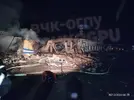
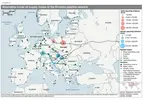
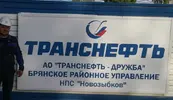

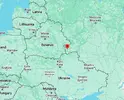



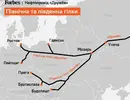
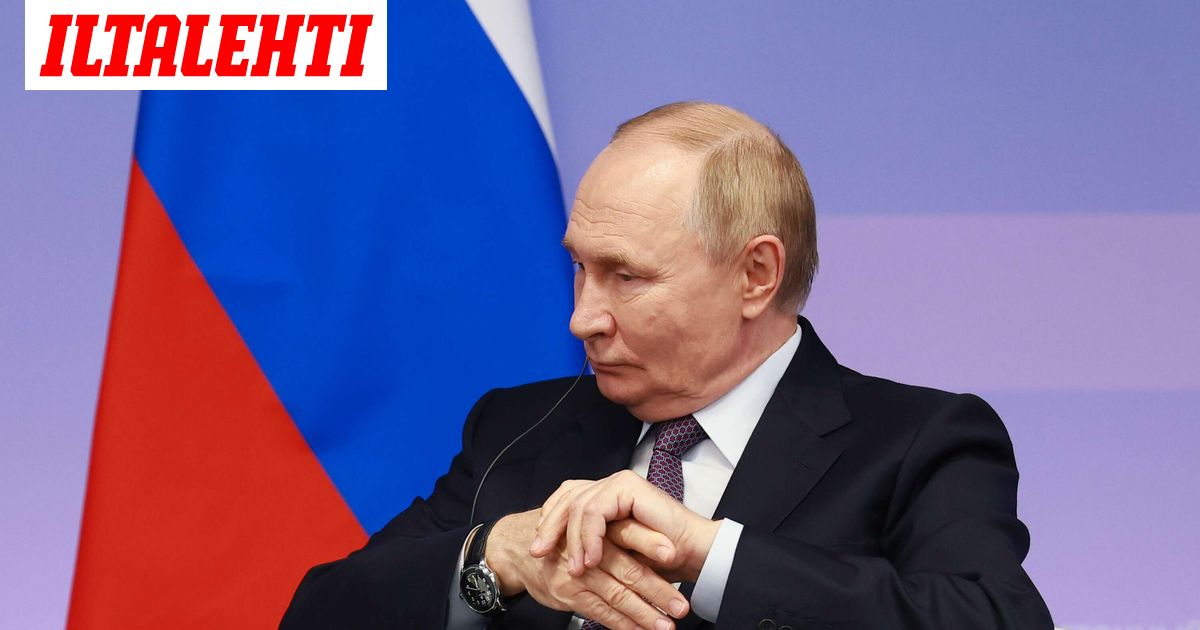


 189 ukrainalaista palasi vankeudesta juuri ennen uutta vuotta – tietoa viimeisimmästä vankienvaihdosta
189 ukrainalaista palasi vankeudesta juuri ennen uutta vuotta – tietoa viimeisimmästä vankienvaihdosta
 87 Ukrainan asevoimien (ZSU) sotilasta (joista 17 kuului aluepuolustusjoukkoihin),
87 Ukrainan asevoimien (ZSU) sotilasta (joista 17 kuului aluepuolustusjoukkoihin), Kunnia Ukrainalle!
Kunnia Ukrainalle!



 Melkeen tyylipuhdas sticks n' stones case.
Melkeen tyylipuhdas sticks n' stones case. 

